Report this entry
More from the same community-collection
Mural located inside the Lincoln Center in central El Paso.
Local artist Carlos Enrique Flores touring the inside of the ...
Portrait of President Abraham Lincoln inside the Lincoln Center
Local artist Carlos Enrique Flores touring the inside of the ...
Mural at the Chamizal National Memorial
Photo of the mural painted by local artist Carlos Enrique Flores ...
Mural at the Chamizal National Memorial
Original version of the first panel of the mural located at the ...
Artist Carlos Enrique Flores painting a mural circa 1980
Local El Paso Artist Carlos Enrique Flores in the process of ...
Artist's son standing in front of the mural at the Chamizal
Photo of the artist's son standing in front of the mural located ...
Mural in an Arcade painted in the 1980's
Mural painted in an arcade located in east El Paso during the ...
Build out of an Arcade in East El Paso in the 1980's.
Photo of a video arcade being built in the 1980's. Artwork ...
Artist's family standing in front of the mural at the Chamizal.
Photo of the family of local El Paso artist Carlos Enrique ...
Artist Carlos Enrique Flores at work on a Portrait.
Local El Paso artist Carlos Enrique Flores working on a pastel ...
Artist Carlo Enrique Flores at work Circa 1979
Local El Paso artist Carlos Enrique Flores working on a portrait ...
Mother and Son at the San Juan Community Center
The wife and son of local El Paso artist Carlos Enrique Flores ...
Mural in the Fox Fine Arts Building at UTEP circa 1979-1980
Mural painted in the Fox Fine Arts Building at the University of ...
Local artist Carlos Enrique Flores at work on Chamizal Mural
Local El Paso artist Carlos Enrique Flores at work on the Mural ...
Kodachrome memories of my parents
Photo of Carlos and Consuelo Flores taken on their motorcycle in ...
Portrait Of An Artist's Wife - El Paso, Texas
Portrait done in pastel of local El Paso artist Carlos Enrique ...

















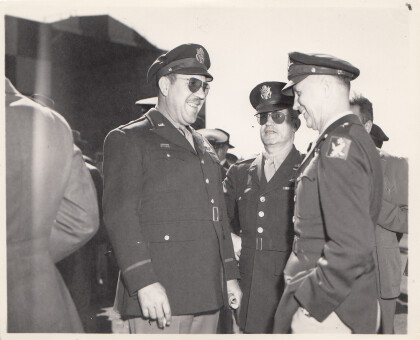
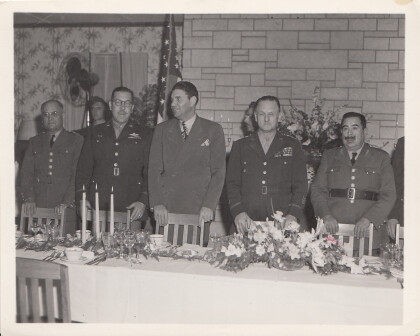
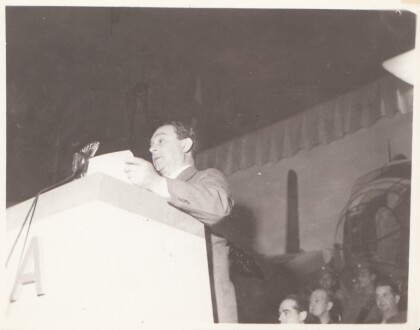
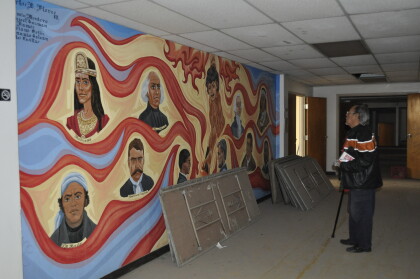
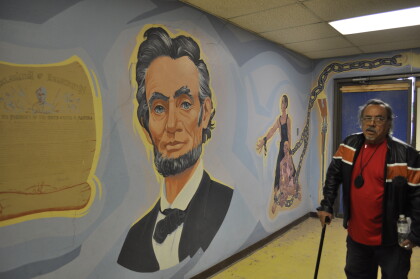
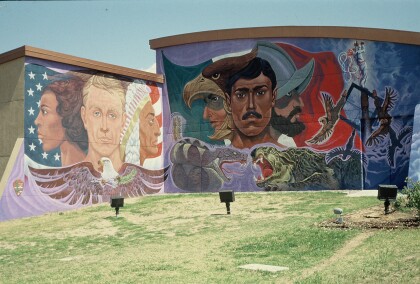
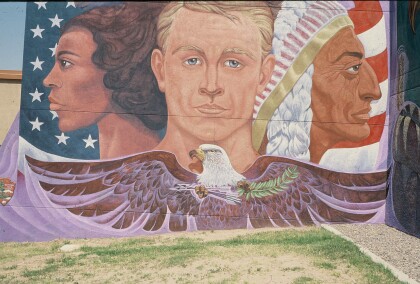
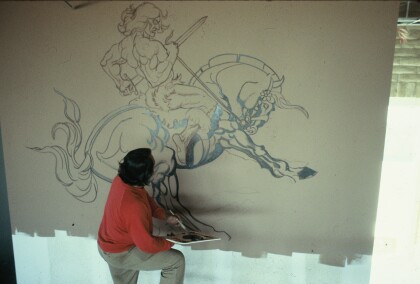
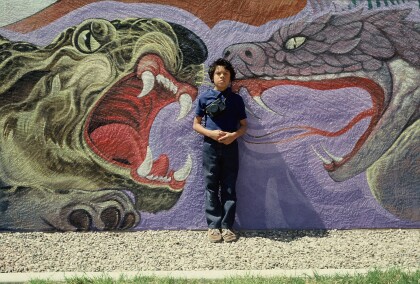
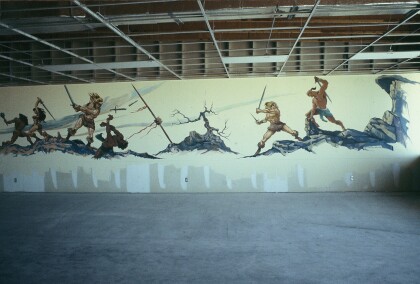
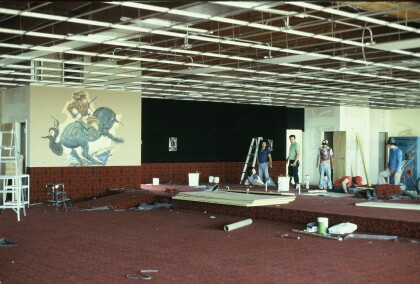
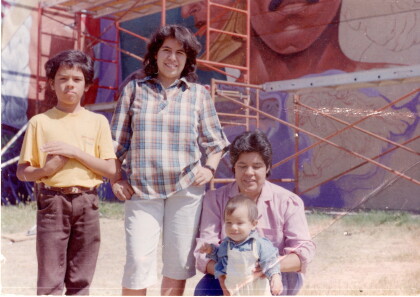

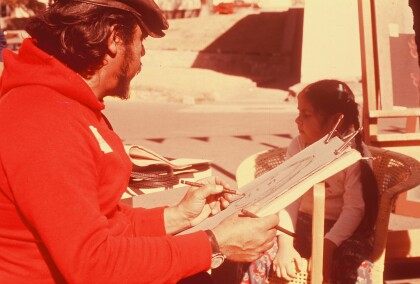
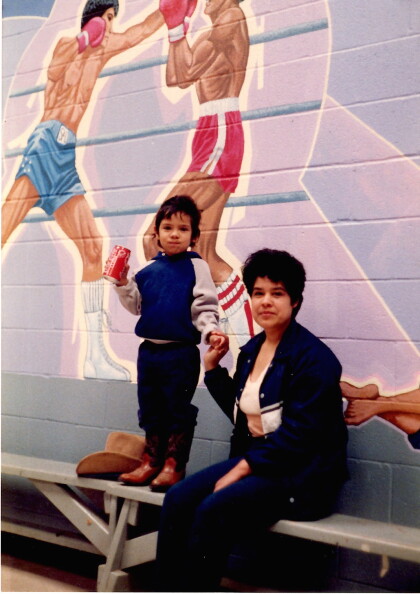


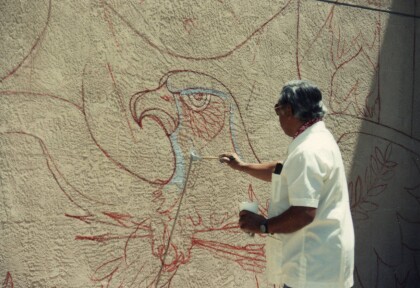
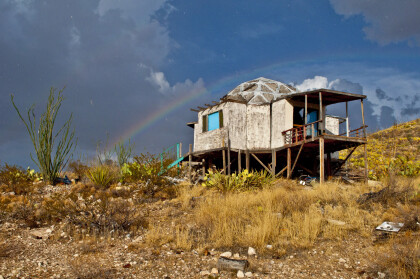
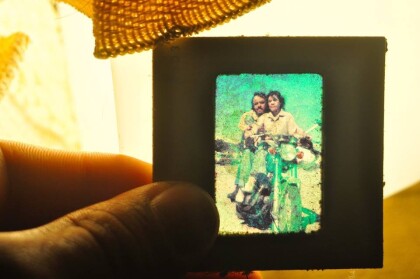
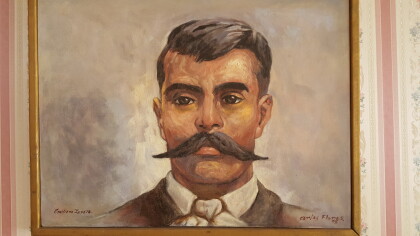

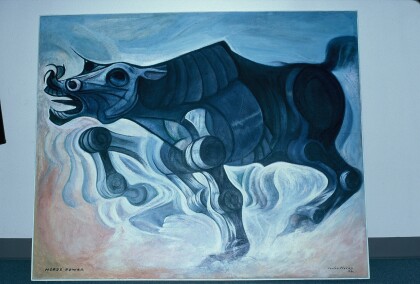
Comments
Add a comment